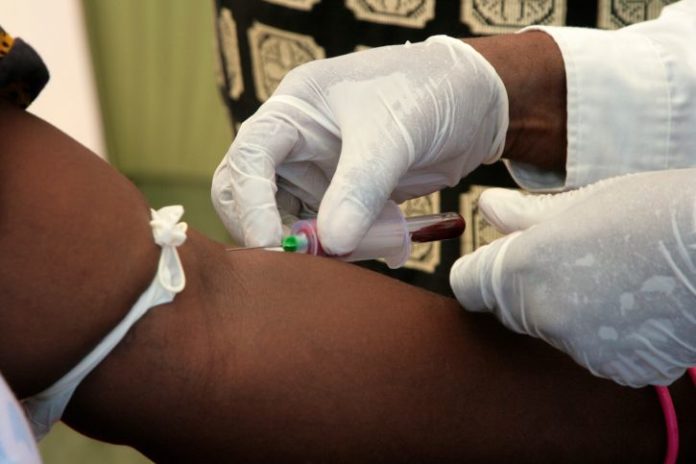The number of pregnant and breastfeeding women in Malawi with HIV who started life-saving antiretroviral treatment increased by more than 700 percent in one year, according to a study in CDC’s Morbidity and Mortality Weekly Report. The new treatment option, called Option B+, offers all pregnant or breastfeeding women infected with HIV lifelong antiretroviral treatment (ART), regardless of the stage of their HIV infection.
ART reduces mother-to-child HIV transmission rates to less than 5 percent, maintains a mother’s health, and prevents transmission of the virus during future pregnancies. Other approaches to prevention of mother-to-child transmission (Option A and Option B) base the decision to start lifelong ART on the stage of a woman’s HIV infection. Women not yet eligible for lifelong ART are offered other antiretroviral medications to prevent HIV transmission to their infants. Determining eligibility for lifelong ART requires laboratory tests which can be difficult to access in settings like Malawi with limited equipment and other resources.
“As emphasized in our recent U.S. President’s Emergency Plan for AIDS Relief (PEPFAR) Blueprint, [PDF – 2.6MB] improving access to lifesaving HIV treatment for mothers and preventing transmission to their infants is critical to achieving an AIDS-free generation. We are supportive of Malawi’s Ministry of Health in their adoption of Option B+,” said Ambassador Eric Goosby, U.S. Global AIDS Coordinator.
“This practical and innovative program for pregnant and breastfeeding women has shown great success in Malawi,” said CDC Director Tom Frieden, M.D., M.P.H. “Approaches such as Option B+ save the lives of the mother, their child, and their family, and stop the spread of HIV.”
In Malawi, treatment through Option B+ reduced barriers to women receiving life-saving medications. Option B+ enabled women to receive ART and prenatal care in the same clinic, and required only a positive rapid HIV test result to initiate treatments. While Malawi was the first country to adopt Option B+, other countries, including Rwanda, Uganda, and Haiti, have since adopted it.
“Option B+ gives a window of hope and opportunity to address both reduction of HIV transmission from mother to child while at the same time addressing health of the mother and protecting her uninfected partner,” said the Deputy Minister of Health of Malawi Halima Daud. “We are glad that various partners including the United States government are supporting us on this approach.”
The Malawi Ministry of Health implemented Option B+ in 2011. The number of women initiated on ART increased from 1,257 in 2011 (prior to Option B+) to 10,663 in 2012 (one year after implementation)—a 748 percent increase. The percent of pregnant and breastfeeding women who remained on Option B+ twelve months after initiation (77 percent) was similar to the12-month ART retention rate among adults who initiated ART prior to Option B+ implementation (80 percent).











